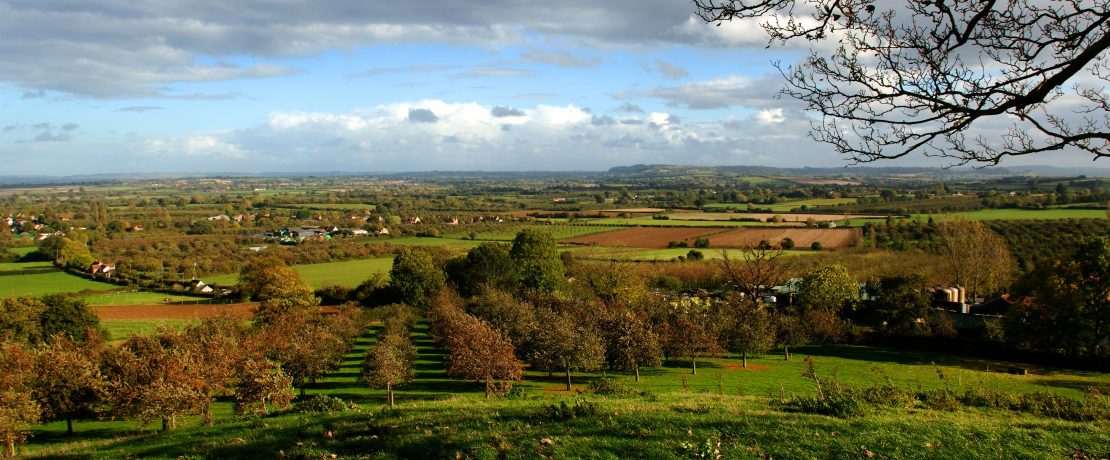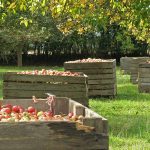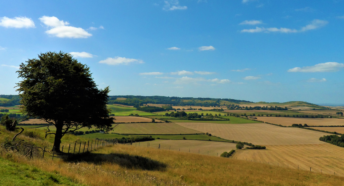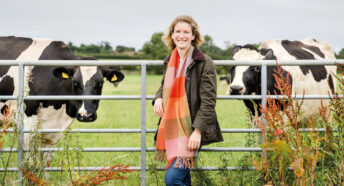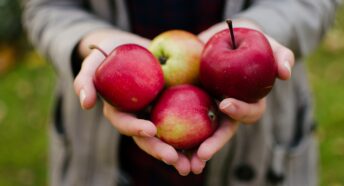Somerset’s cider farms – a true English icon
Back in 2008, the fashion designer Alice Temperley was one of the many contributors to our Icons of England book, edited by then CPRE President Bill Bryson. Here, we revisit her autumnal look back at the experience of growing up on a cider farm.
They are, for many, an integral part of our farming heritage. But our nation’s cider farms and cider makers are not what they used to be.
Growing up on a cider farm, we were taught from a young age to mourn the grubbing of an orchard. And I have done a lot of mourning since. In the past fifty years, some fifty percent of Somerset’s orchards have now disappeared. And the once-familiar names of cider apples such as Brown snout, Chisel jersey and Kingston black sound ever more archaic.
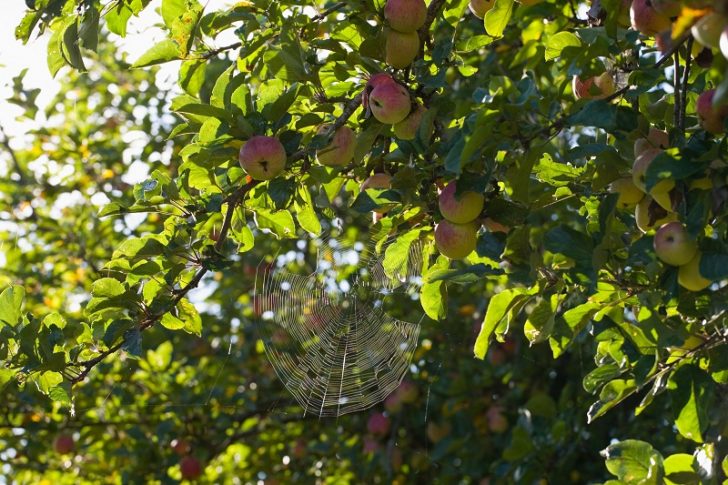
It is perhaps because of their rapid demise that cider farms are now, for me, rather melancholic places. But it wasn’t always that way. The autumns of my childhood were dominated by the hum of the apple press and the smell of fermenting apples. On frosty mornings I would accompany my father to help fork pomace (crushed apple remnants) to the orchard’s sheep.
Each autumnal apple harvest brought with it a wonderful sense of community. I’ll always remember the motley crew of apple pressers that would arrive before the first light around harvest time. At dawn – on especially cold days – I was in charge of taking this weather-worn team fried breakfasts.
I always enjoyed their bawdy camaraderie as they watched the sun rise over the mountains of apples piled in the yard.
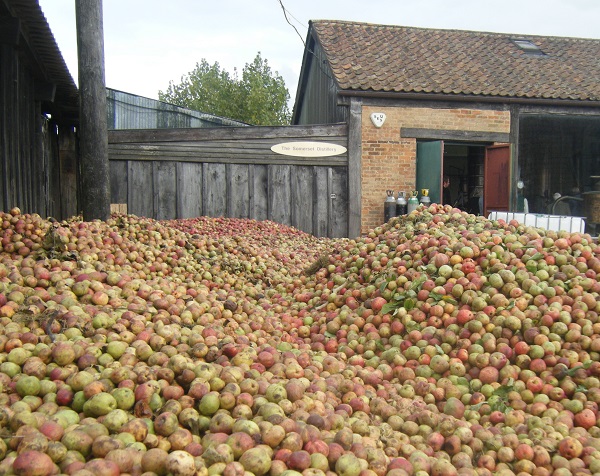
In the orchard, I was never alone. A notoriously fearsome pig called Ginger made a home among the apple trees. A bristling orange-and-black chicken-hunting monster, she was a force to be reckoned with, and her infamous jaws were avoided only by mad dashes around nearby tree trunks.
When the pig alone didn’t provide enough excitement, we would brave her in plastic cider barrels, which we would clamber into before rolling down the orchard. Of course, we would inevitably hit a tree, scramble out, and embark on the life-and-death, tree-to-tree gauntlet before making it back to safe ground.
By preserving my memories, cider farms – with their vibrant apple trees – will remain the foundation from which I view the English countryside. They represent my childhood; I know and understand them. And, with any luck, they will continue to be an archetypal – albeit faded – vision of England in which I, too, can bring up my children.
Find out more about the Temperley family’s cider farm at Burrow Hill, Somerset
A version of this piece was previously published in CPRE’s Icons of England (2008), a collection of essays on our heritage and landscape edited by Bill Bryson.
